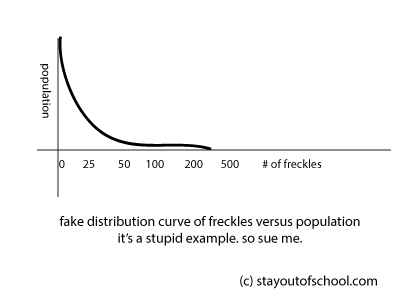Knowing When To Stop
A Story of Warning, From Me To You
Several years ago, now, I decided my little NYC apartment needed some art, so I did what any bootstrappy artist type living in the city would do: I dropped what I was doing, marched to the local art store, and dropped way more cash than was appropriate on new paints.
Once home, I moved all the furniture to the walls of the front room of the apartment, spread the New York Times across the floor, and got to work spreading oils over a truly heinous painting on a 4 foot canvas that I’d found in the free box in the building’s basement, the obvious castoff of an art student.
Anyway, so there I was in jeans and a hoodie, painting, making work like I hadn’t in years. I spent a couple of hours blissed out with a glass of wine and ended up with something I loved, something that felt to me to be glowing and deep, like a wall I’d imagined I’d find in Tuscany or Havana.
I snapped a photo. It looked like this:
Thrilled, I emailed the photo around to a couple of my artist friends.
Whattaya think?!
“Oh, hey! Yeah! That’s great! Keep going.”
Keep going?
“Yeah! Keep working on it!”
I didn’t get it. Keep working on it? Well, okay. If you say so….
I began to invent criticisms of the painting. Is it too monochrome? Too flat? No weight? Too predictable? Lame? And with that, I began to work on it again. I was in love with those scars of red, particularly the one in the top right. They were just right!
Maybe my friends think it needs more contrast? More of what I already loved about it?
I spent another few hours on it, and I ended up with this:
You don’t need to be an art appraiser over at Christie’s to see that this is simply not as good— neither technically nor aesthetically. I don’t even know what the hell is going on over there on the left.
It’s five years later and I still lament the loss of the original work.
Here are the two mistakes I made:
I knew when to stop and didn’t. Obviously, that was a confidence issue at the time. I loved what I had and I knew doing more to it was going to turn it into something that I didn’t want it to be. It was a very simple, giant smudge of color. Doing more would hurt it, but I worried that someone looking at it would find it boring or uninspiring. Perhaps they’d think I wasn’t very talented. I was a weenie.
I asked the wrong people to step into the roles of my teachers.
Let me reiterate: The technical ability to do something does not a teacher make. A great art teacher would have engaged me in conversation about my original painting. He would have asked me about it from technical and aesthetic standpoints and would have asked about my goals for the piece in the first place.
A great art teacher would have heard me, realized I loved what I had, and helped me give myself permission to stop.
Would he have challenged me to improve technically? To improve my vision?
Absolutely.
And he would have had the wisdom to set me on that path by working on something else.
This isn’t just a point about teaching art, though. All great teachers and guides help you do two things:
Figure out what you’re already doing that’s great
Help you fix things that aren’t working or could be improved.
Anyone who’s looking to get better at something—writing, yoga, sales, whatever—is usually going to look for help. Make sure when you put someone into the role of teacher in your life that you’re choosing a real teacher, not just a technical expert.
Don’t end up sorry like I am.





